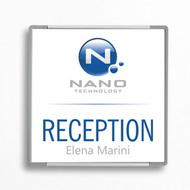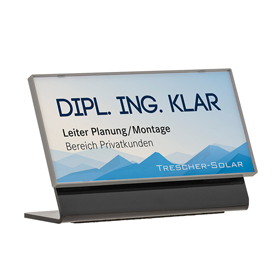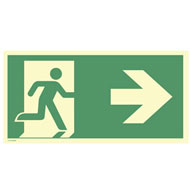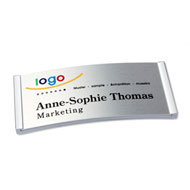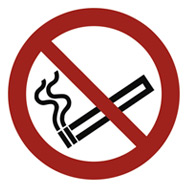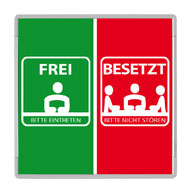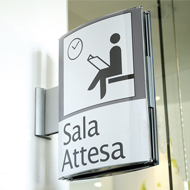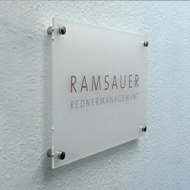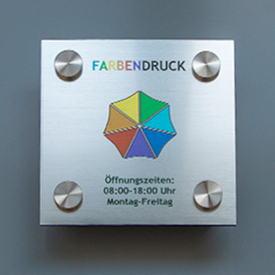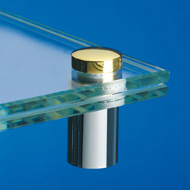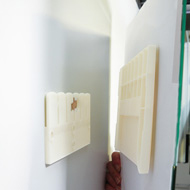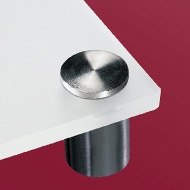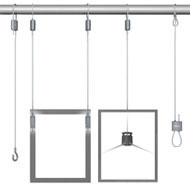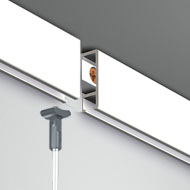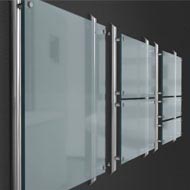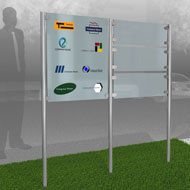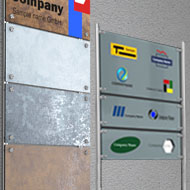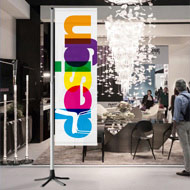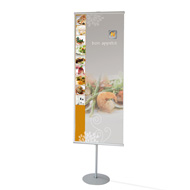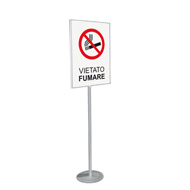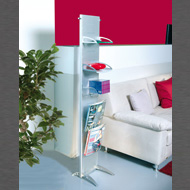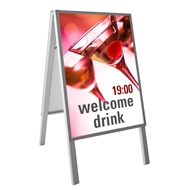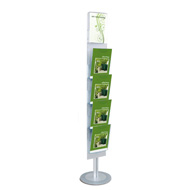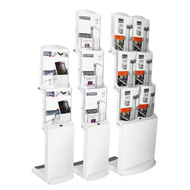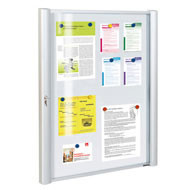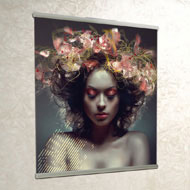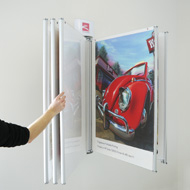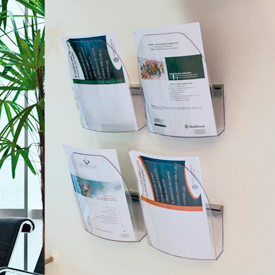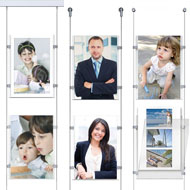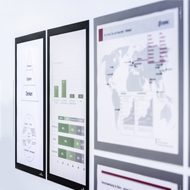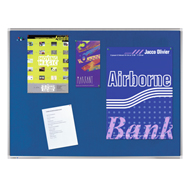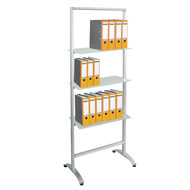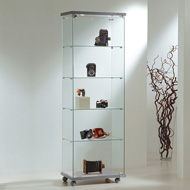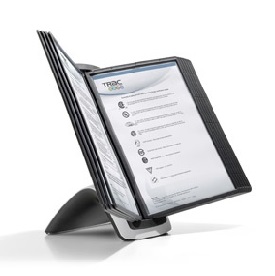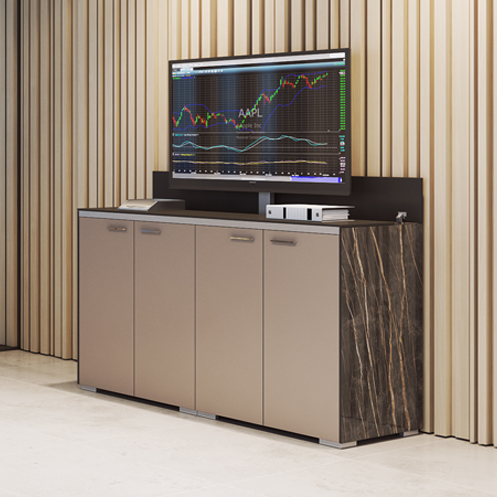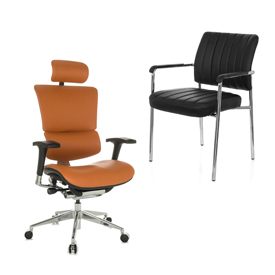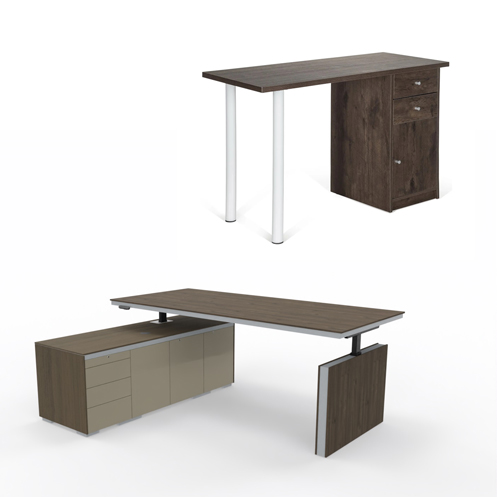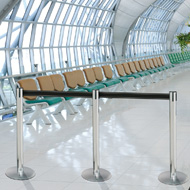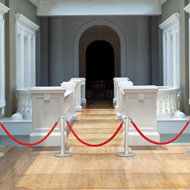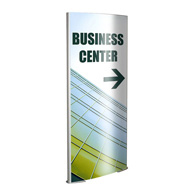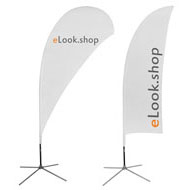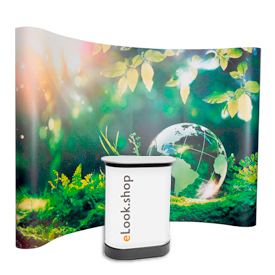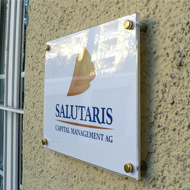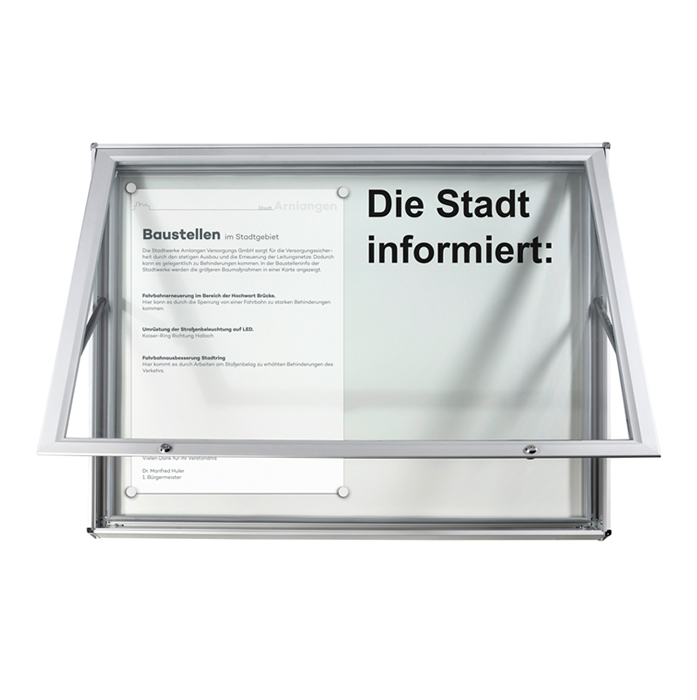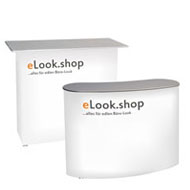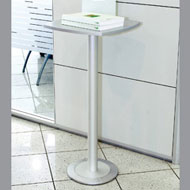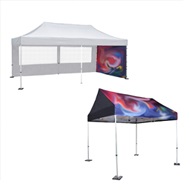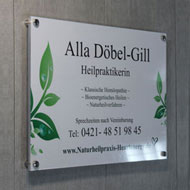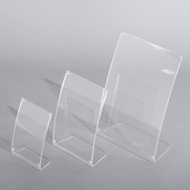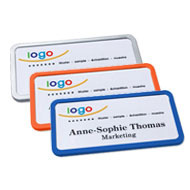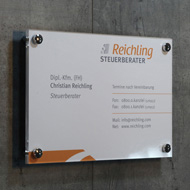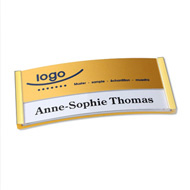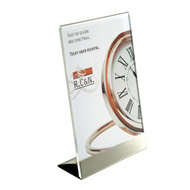Designing the perfect club office – tips for organization, signage and external presentation
Thursday, May 1, 2025
 A functionally furnished club office is much more than just a room with a desk and files. It is the organizational heart of the club and, at the same time, a meeting place – for members, volunteers, guests, and sometimes even sponsors.
A functionally furnished club office is much more than just a room with a desk and files. It is the organizational heart of the club and, at the same time, a meeting place – for members, volunteers, guests, and sometimes even sponsors.The moment you enter the office, you make an impression – and that's what counts. Because when you find a tidy, structured, and inviting environment, you immediately sense that things are happening here. And that's precisely why it's worth treating the club office not as a sideshow, but as an active part of the club's identity.
Whether for internal processes or public appearances – the office plays a key role on several levels:
Organization: This is where information, appointments, and tasks converge.
Orientation: Clear signage ensures quick routes and a professional impression.
Outward impact: Anyone who organizes events or welcomes guests sends a clear message with a well-structured office: We take our commitment seriously.
It's therefore worthwhile to think about the space not only functionally, but also strategically. In the following, we'll show you how to create order, provide orientation, and sharpen your external appearance using simple means.
Efficient office organization in everyday club life
Club work thrives on commitment – but also on structure. Volunteers want to use their time wisely and not drown themselves in chaotic filing systems or unclear responsibilities. A well-thought-out system in the club office is therefore invaluable.Even small measures can achieve a lot. The following ideas will help you save time, clarify processes, and noticeably lighten your workload – regardless of whether you work in the office every day or only occasionally.
Checklist: Basic Equipment for the Club Office
Before getting into the details, it's worth taking a look at the basics. This equipment should be in every club office:- Storage compartments for mail, projects and important documents
- Whiteboard or pinboard for current tasks
- Label printer for folders, boxes, etc.
- Digital calendar (e.g., Google Calendar, Outlook)
- Adequately labeled folders and archive materials
Digital organization with free tools & software
Many clubs still rely heavily on paper – but there are now numerous digital tools that make life easier:Member management: Tools like ClubDesk, easyVerein, or Campai offer simple and data protection-compliant solutions.
File organization: Cloud systems like Google Drive or Nextcloud create transparency – even for distributed teams.
Project management: Trello or Asana help keep track of tasks and responsibilities.
These tools support efficient association management that goes beyond mere filing and enables structured collaboration.
Physical Order: Filing Systems and Clever Organization Hacks
 Not everything can be done digitally. Especially for contracts, funding applications, or club minutes, easily accessible, physical structures are needed:
Not everything can be done digitally. Especially for contracts, funding applications, or club minutes, easily accessible, physical structures are needed:- Simple hanging files for ongoing processes
- Modular shelves that can be flexibly expanded
- Labeled filing boxes for each department or project
- A centrally located check-in sheet for weekly office routines
Clear signage in the club building
Anyone who can find their way around the building feels welcome. This applies not only to new members or guests, but also to long-standing volunteers. Well-thought-out signage brings structure to the club rooms – and shows at first glance that the work here is professional.Whether it's rooms, storage areas, or the club archives: If everything is clearly labeled, it saves time for inquiries, minimizes search times, and leaves a positive impression. Especially at events or public tours, this acts as a small seal of quality.
Indoors: Properly label rooms, archives, and storage areas
Start with the basics: office doors, archives, kitchens, and storage areas – every room should have a uniformly designed sign. The following applies:Clear font, easy to read from 1–2 meters away
Fixed location at the door – ideally at eye level
Additional information where appropriate (e.g., "Members only," "Workshop – access only with key")
Outdoors: weatherproof signs with recognition value
The sign should not be missing outside either – ideally with:- Club name, logo, and opening hours (if applicable)
- UV-resistant materials or acrylic glass
- Optional: QR code with a link to the website or appointment booking
Signage provides orientation – and at the same time signals that the organization is thoughtful. Those who quickly find their way around the club building feel welcome. This applies to new members as well as long-time volunteers.
Often, it doesn't take much: A clear guidance system with legible signs, colors for orientation, and barrier-free design makes all the difference. Whether DIY or professionally designed, it's crucial that the signage is consistent and well-thought-out. This builds trust – without any big talk.
Creative and functional – the club office as a place of well-being
 A club office doesn't have to shine like a showroom – but it should be inviting, structured, and offer space for a variety of activities. Especially in volunteer work, atmosphere is key. People who feel comfortable are more likely to participate. And those who keep track of things stay motivated.
A club office doesn't have to shine like a showroom – but it should be inviting, structured, and offer space for a variety of activities. Especially in volunteer work, atmosphere is key. People who feel comfortable are more likely to participate. And those who keep track of things stay motivated.Even a simple room layout creates clarity: a table with a screen for administrative tasks, a small meeting corner with two or three chairs—perhaps even a shelf with club materials, tools, or technology. Partition walls aren't necessarily needed. Often, a few plants or a piece of carpet are enough to visually separate the areas.
Walls can be more than just white surfaces. They can visualize tasks, capture ideas, or even convey the club's mission statement. A whiteboard with a project overview, a wall graphic with the motto, or a creative ideas board – all of these strengthen identification with the club and bring structure to everyday life.
When it comes to furniture, it's not about being expensive, but rather functional – and appealing. Many clubs now rely on self-made elements: a table made from Euro pallets, shelves made from old crates, or flexible rolling containers with labels – these not only look charming but can also be customized.
Elements like these have long been part of modern office organization. They enable flexible working, promote team spirit, and create an environment in which new ideas are encouraged to emerge. This is especially valuable in small teams.
Tip for everyday life
Think together: What do we really need? A chair for short conversations? A wall for ongoing projects? A color scheme that reflects our club identity? Often, it's the small details that make the difference.Conclusion: Making a big difference with small changes
A functional and inviting club office doesn't happen overnight – but it often takes less than you think. A labeled shelf, a motto on the wall, or a well-designed information table can make all the difference.What's important isn't perfection, but a clear goal: to create spaces that facilitate collaboration, provide orientation, and reflect the club's identity. Every step in this direction is a win-win for everyone involved.
So, why not start right away? Perhaps with a quick tour of the office – and the question: What can we specifically improve by next week?
1. Image from Freepik
2. Image from Freepik
3. Image from Freepik
